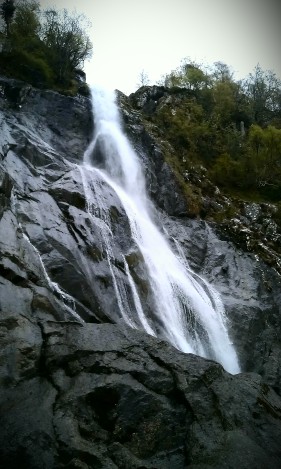Summer seems so long ago. The space between then and now has been crammed with deadlines and driving and too much dust.
Summer was etched out in white and blue, cold colours marking a trail up and down the UK, flinging out from Manchester and back again, elasticated, joyous, stretching to dip feet in oceans to the north and south.
First to Scotland, and the lakes held together by a mesh of Monros and ribboning rivers. Early swimming in icy Loch Lomond, the kind of cold that turns your limbs to treacle and makes your ears ring-sing with misplaced ideas of invincibility. Time to get out. We went up mountains, and down, then moved, midge-bitten, further north. Washed through Glen Coe, left at Fort William and onto Arisaig and the small isles.
![]()
We jumped the Shearwater to Eigg, past the real thing, swift-sure and acrobatic. Past terns, gannets, seals and a magnificent minke. I still get lost in Manchester, there’s nowhere to hold on to, to orientate yourself from. Shadows are no use when brick walls are sky high. But on Eigg the clarity of compass points is an anchor, and you can pirouette on a point and still find your way home. We scrambled An Sgurr, slept above singing sands and saw so much colour. Glorious, saturated technicolor that was lost on the way home, our vision (as well as the windscreen) layered with a thin film of dust that muddies tones and minutely takes the edge off outlines.
Later, to Devon and Dorset for family and festivals. Mackerel-fishing, lido-swimming, cliff-exploring, crazy-golfing and crab-shacking – then wonderful friends and dodgy dancing in the rain at End of the Road.
I know we’re used to wet summers, but this one seemed damper than most. Even now in deep midwinter, when we’re due some ice-bright days, we get nothing but soft rain hissing gently on saturated ground. I read on the quietly lovely Plot 29 blog a while ago a description of winter creeping “up from the soil, calling the stuttering life back underground.” At the moment it’s like the rain is trying to do the same thing, from above and below, calling us off dry land to somewhere wetter.

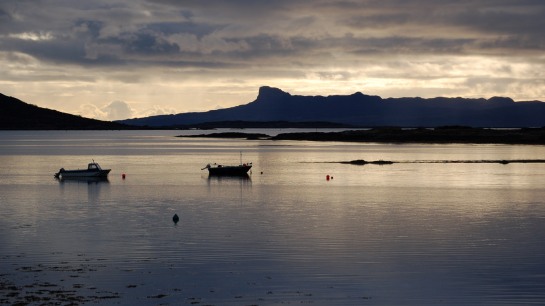
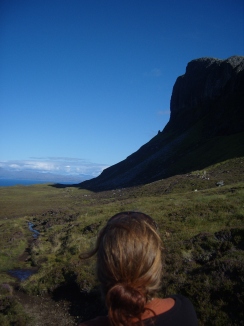
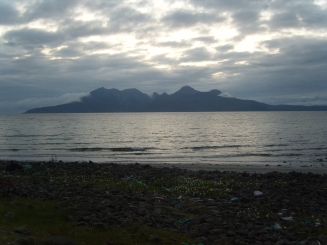



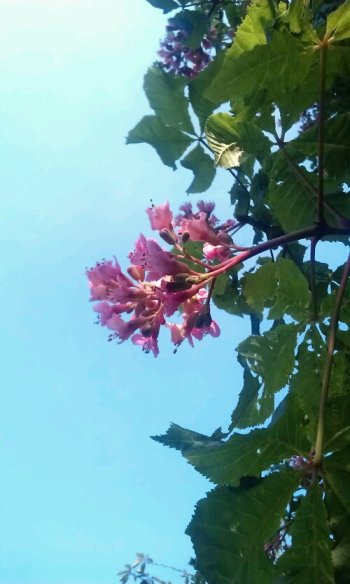


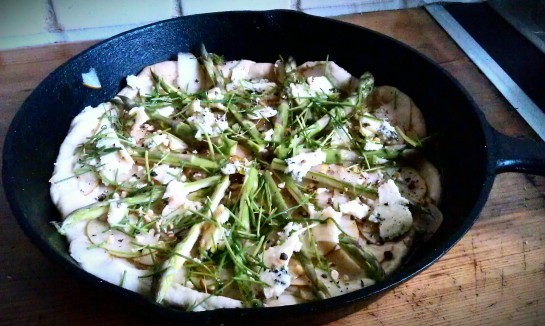

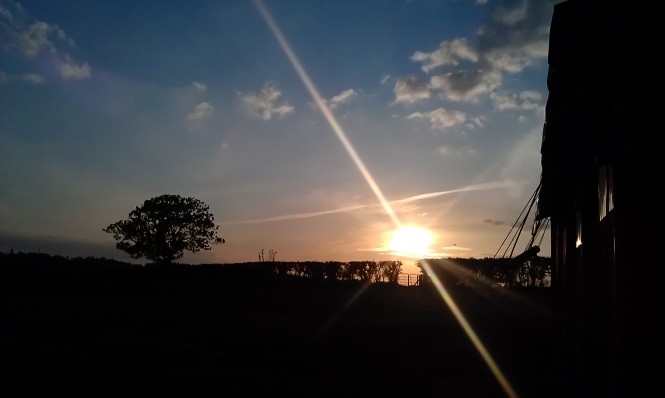
 It’s a brilliant set up – accommodation is in the form of canvas lodges sleeping 5-6, located on farms, with wooden floors, wood-burning stoves, campfires, candles and lanterns (no electricity) and big solid tables. It’s good for the farms, too, providing as they do an extra revenue stream. Glanmor Isaf is a traditional family-run, Welsh-speaking working farm that’s literally seconds from the North Wales Coast Path and a pebble beach full of crabs, birds, and bladderwrack that pops underfoot like popcorn.
It’s a brilliant set up – accommodation is in the form of canvas lodges sleeping 5-6, located on farms, with wooden floors, wood-burning stoves, campfires, candles and lanterns (no electricity) and big solid tables. It’s good for the farms, too, providing as they do an extra revenue stream. Glanmor Isaf is a traditional family-run, Welsh-speaking working farm that’s literally seconds from the North Wales Coast Path and a pebble beach full of crabs, birds, and bladderwrack that pops underfoot like popcorn.
